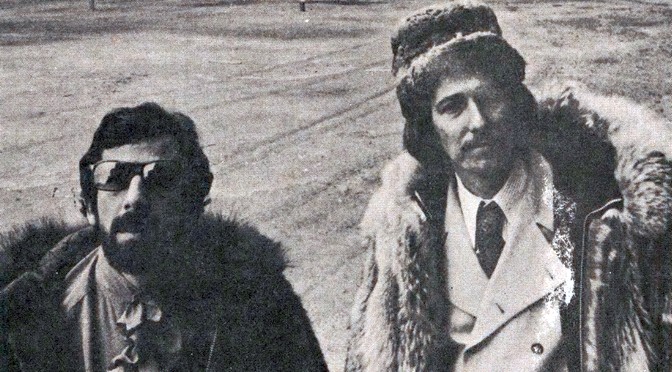I’ve been getting solicitations from Rolling Stone to subscribe in a way that brings to mind donation appeals from the likes of the World Wildlife Fund and National Public Radio. The logos on the tote bags on offer aren’t the only things that are different. After all, the WWF and NPR are not in the business of making a profit (yes, they need money to exist, but there is another reason for their existence other than something measured in terms of EBIT).
Rolling Stone, however, is owned by Penske Media Corporation, which owns what can be thought of as a frightening number of properties including:
- Variety
- The Hollywood Reporter
- Billboard
- Rob Report
- ARTnews
- Artforum
- Art in America (clearly they’re big on art)
And in the non-publication space:
- American Music Awards
- Dick Clark Productions
- Golden Globe Awards
- SxSW
There are more.
It is in the profit-making business. (Which could be redundant.)
The company unapologetically proclaims:
Our Mission:
To be the world’s premier publishing and media organization through delivering superior and innovative content, with a commitment to upholding journalistic excellence and driving today’s media evolution, all while offering the finest opportunities to the industry’s brightest talent.
As mission statements go, it pretty much checks the boxes.
Continue reading “Ain’t it hard when you’ve discovered that. . .”











